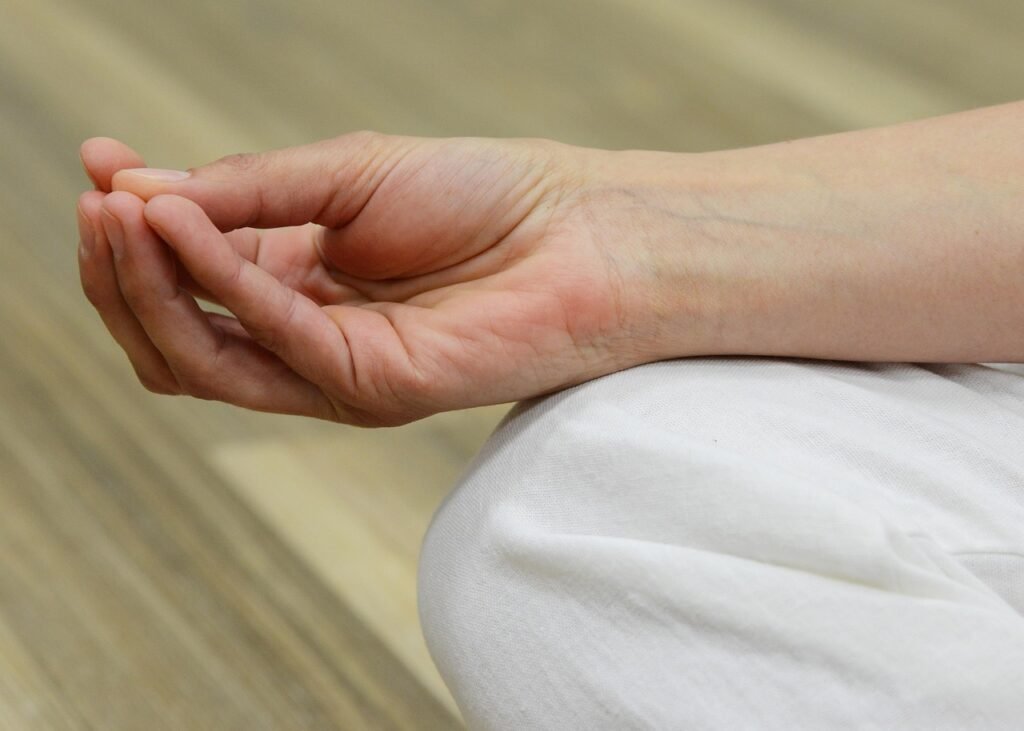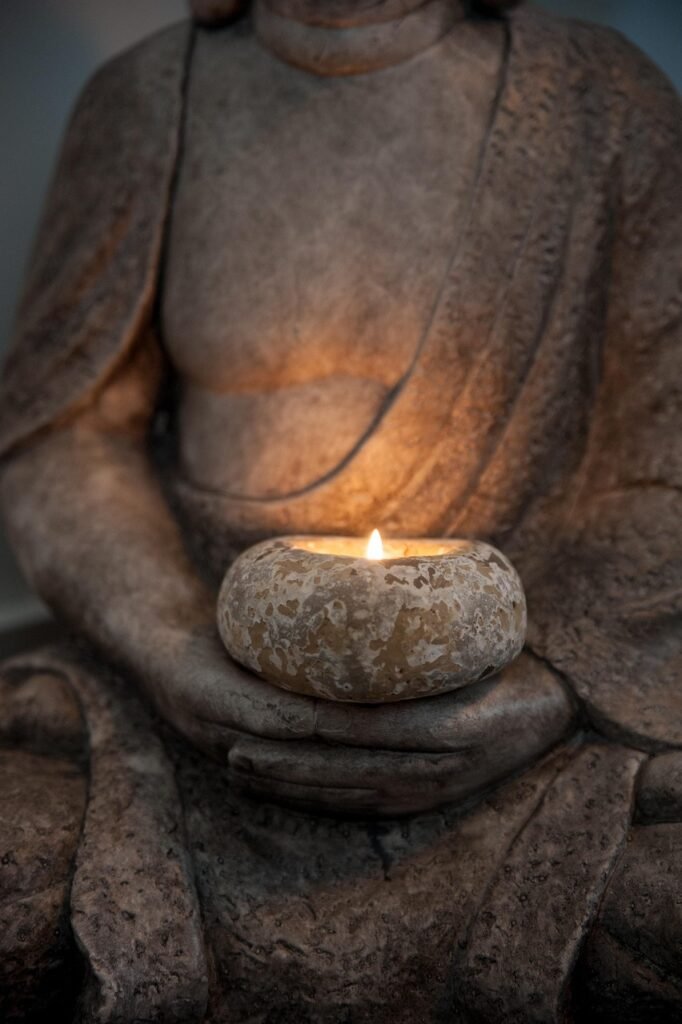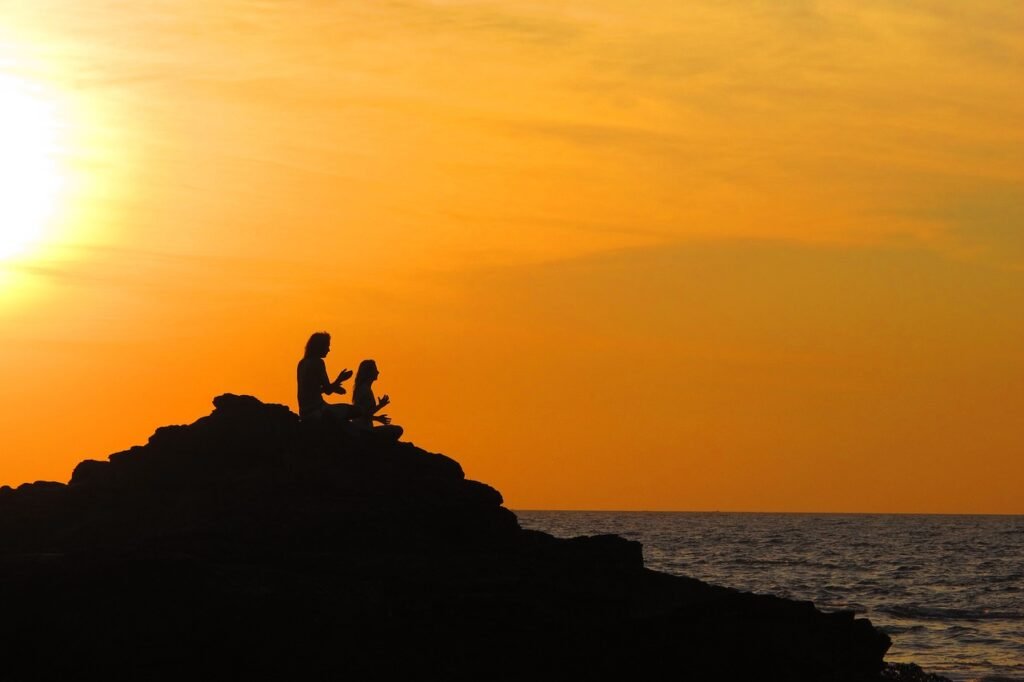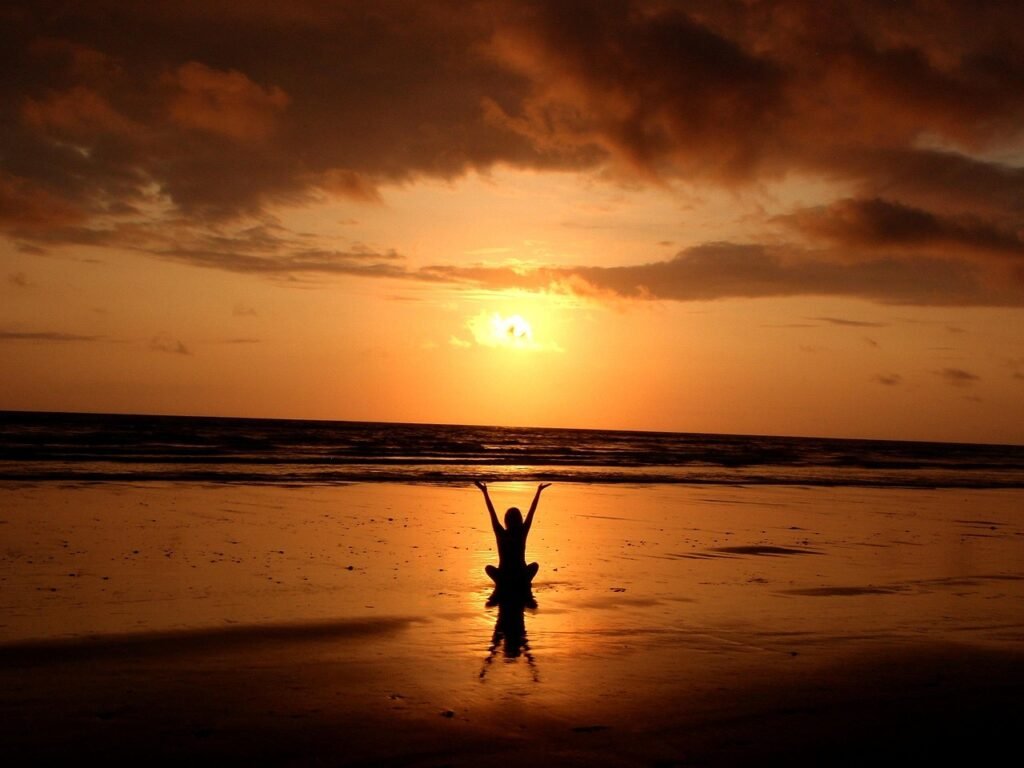
Yoga, an ancient practice of India, has blossomed into a global movement. But to truly appreciate it, we must explore its deep roots—stretching back millennia. From early carvings in the Indus Valley to structured philosophical treatises and modern developments, yoga’s evolution tells a captivating story of human quest for union—of body, mind, and beyond.
1. Seeds in the Indus–Saraswati Civilization (~3000–1500 BCE)
Imagine life in Mohenjo‑daro or Harappa—cities dotted with brick houses and narrow lanes over 4,000 years ago. Archaeologists unearthed intriguing seals, like the famous “Pashupati” seal, depicting a horned, meditative figure surrounded by animals. While some scholars caution that these poses might simply show seated figures , their resemblance to yogic posture suggests that proto‑yogic practices—meditation, breath control, seated concentration—were likely part of early spiritual life. These images, though not definitive proof, lay the mysterious groundwork for yoga’s story.
2. Early Mentions in the Vedas (~1500–500 BCE)
As civilization matured, so did expressions of spiritual inquiry. The Rig Veda (since ~1500 BCE) mentions ‘yoga’ in the sense of “union” or “yoking”—the harmonious coming together of mind and body . The Atharva Veda (1200–1000 BCE) speaks of controlling the breath (pranayama)—a central yogic pillar today . These comments hint at ritual practices focused on inner discipline through breath, mantra, and posture, showing yoga as an evolving spiritual science embedded in Vedic culture.
3. Philosophical Foundations: The Upanishads (~800–200 BCE)
Between 800 and 200 BCE, the Upanishads emerged, shifting sacred tradition from rituals toward inner wisdom. Composed during the late Vedic period, texts like the Brihadaranyaka Upanishad (circa 600 BCE) zoomed in on questions of the self (Atman) and universal soul (Brahman) . The Katha Upanishad even ties yoga explicitly to self-development: meditating upon the Atman leads to liberation. These scriptures introduced meditation and sense withdrawal (pratyahara) as keys to deeper states of consciousness, establishing the philosophical depths yoga still draws from today.
4. Classical Codification: Patanjali and the Yoga Sutras (~200 BCE–400 CE)
Fast forward to the classical era, around 200 BCE to 400 CE, when Patanjali—often hailed as the “Father of Yoga”—compiled the Yoga Sutras. These 196 succinct aphorisms distilled yoga into a lasting system known as Ashtanga or the Eight-limbed Path: ethical precepts, bodily postures, breath control, sense withdrawal, concentration, meditation, and transcendence (samadhi). Defined by Patanjali as “the cessation of fluctuations of the mind” (yogaścitta-vritti-nirodhah), this structure still guides serious practitioners. Scholars note, however, that the Sutras waned in influence between the 12th and 18th centuries, only to reemerge in the 19th century through figures like Swami Vivekananda
5. Rise of Hatha & Tantric Traditions (~700–1600 CE)
While Patanjali’s teachings focused on mental discipline, medieval India witnessed the rise of Hatha Yoga, emphasizing the body as a path to spiritual awakening. Masters like those behind the Hatha Yoga Pradipika and Gheranda Samhita offered detailed practices in physical postures (asanas), breath energy (prana), energy locks (bandhas), and hand gestures (mudras). Enhanced by tantric elements—such as kundalini and chakras—Hatha Yoga turned spiritual transformation into an embodied experience, powerful in both discipline and accessibility.
6. Bhakti, Wisdom, and Interreligious Interplay

Alongside classical and physical systems, other spiritual approaches influenced yoga’s diversification. Bhakti Yoga (devotion), Jnana Yoga (wisdom), and Karma Yoga (selfless action) emerged in the Bhagavad Gita (500 BCE), where Krishna famously states “Samatvam yoga uchyate”: equanimity is yoga . Meanwhile, Buddhist and Jain paths offered alternative meditative strategies, and tantric Shaiva-Jain-Buddhist streams enriched yogic praxis. This era of plural paths reflects a cultural dynamism, leading to a robust, multi-threaded tradition.
7. Decline, Resilience, and Revival (~1200–1900 CE)
During the medieval period, Patanjali’s ascetic teachings became overshadowed. The Yogic scene gravitated toward Hatha practices, carried largely by oral teachers and ascetic orders, as much of the ancient scholarship faded into obscurity . Yet, this didn’t signal an end—yogic traditions persisted through lineages and secret texts, quietly sustaining the flame.
8. Modern Rebirth & Global Expansion (Late 19th–20th Century)
The modern yoga movement reinvigorated classical roots. Swami Vivekananda brought Raja Yoga to the West in 1893, stressing scientific spirituality rooted in Patanjali’s framework . Later, Krishnamacharya in Mysore reintroduced Hatha Yoga with dynamic sequences (vinyasa), teaching the likes of Pattabhi Jois, B.K.S. Iyengar, Indra Devi, and others who globalized key styles—Ashtanga, Iyengar, Vinyasa—through books, studios, and retreats. Iyengar’s Light on Yoga (1966) made yoga accessible worldwide, complete with props and alignment-focused instruction .


. Yoga Today: Holistic Health & Mind–Body Balance
Today, yoga is woven into gyms, schools, clinics, studios, and professional sports programs, celebrated for its gifts—flexibility, stress relief, mental resilience, and wholeness. Though the billion-dollar yoga industry has sparked necessary debates on authenticity and cultural appropriation (some aspects like postural sequences may owe more to 20th-century gymnastics than ancient lineage), its philosophical heart—union—remains true to its origins.
🌟 Why Origins Matter for Gym-Goers
In a gym, yoga adds more than stretching—it offers frameworks to train ethical discipline (yama-niyama), breath wisdom (pranayama), mental resilience (dhyana), and holistic recovery. When gym environments honor yoga’s lineage, students connect not just with muscles but with centuries-old wisdom: breath synchrony, mental calm, and spiritual alignment. This is the true legacy of yoga.
